A private U.S. lunar lander is in orbit around the moon, a day before it will attempt to land on the surface.
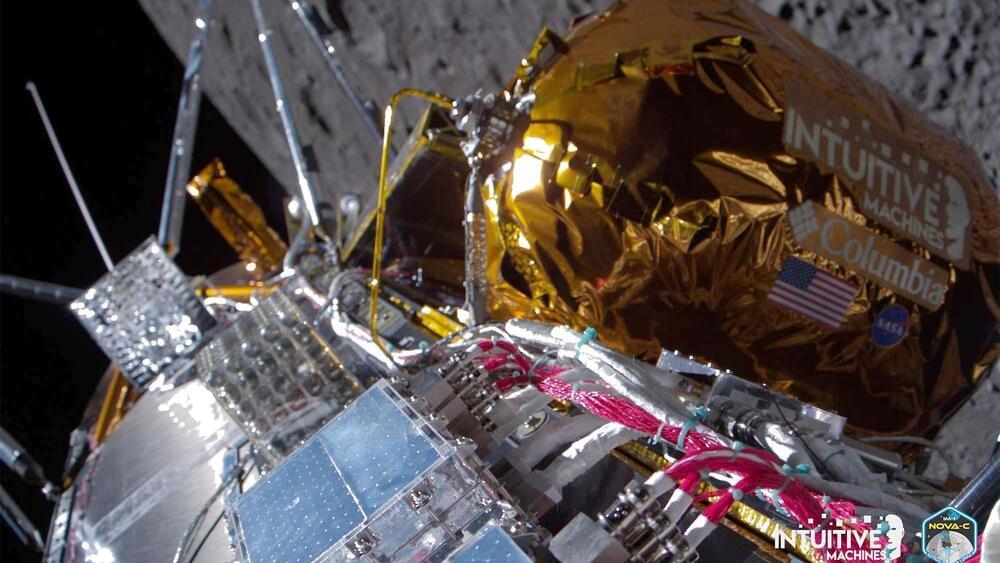

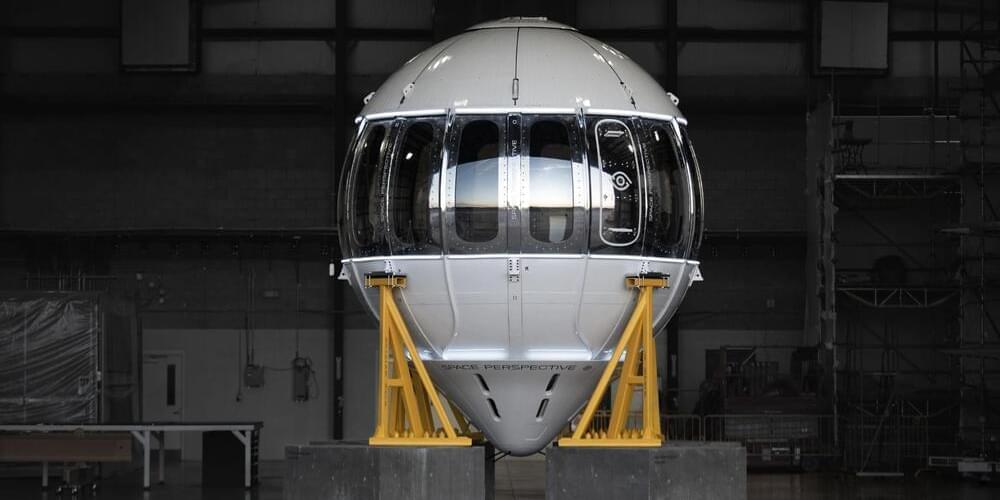
Space Perspective, a US-based company, is set to revolutionize the way humans experience space.
The capsule has large vertical windows for panoramic views and innovative window technology that shields against harmful sunlight wavelengths and regulates the interior temperature.
This spacious capsule is designed to comfortably host eight Explorers (the travelers) along with a Captain.
The capsule has a spacious interior and several amenities, including the world’s first Space Lounge with WiFi and a restroom.
Firefly Aerospace sent a Lockheed Martin payload to the wrong orbit in December, and it is now ‘implementing corrections’ for future missions.
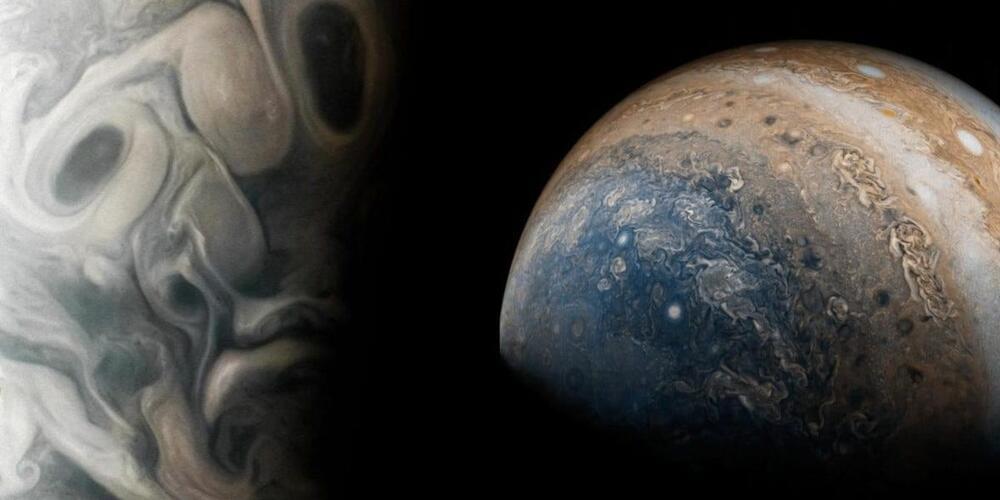
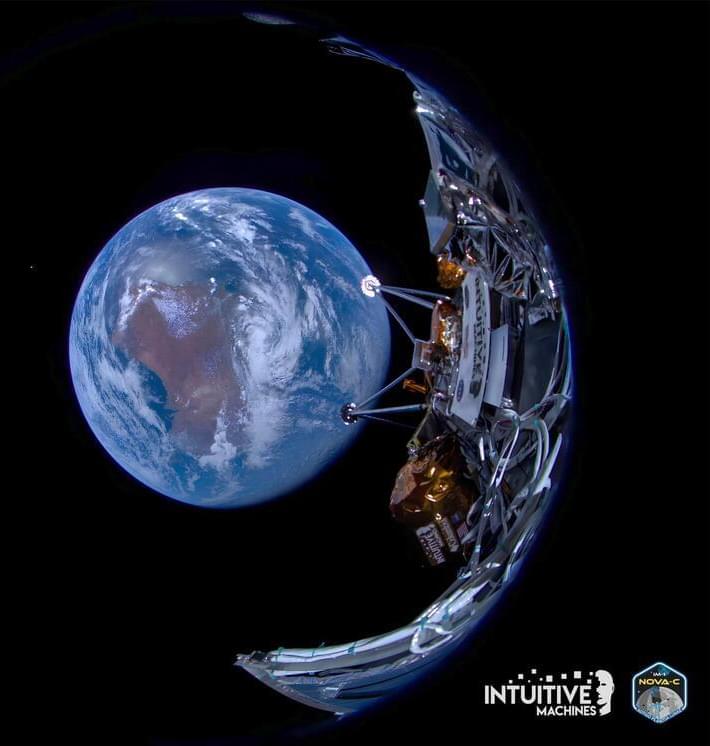
NASA ’s lunar mission with Intuitive Machines showcases successful launch, innovative engine testing, and advanced navigation technology for precise lunar exploration.
After a successful launch on February 15, six NASA science instruments and technology demonstrations continue their journey to the Moon aboard Intuitive Machines’ lander named Odysseus. The company confirmed communications contact with its mission operations control in Houston, and its lander continues to perform as expected.
Known as IM-1, Intuitive Machines successfully transmitted its first images back to Earth on February 16. These were captured shortly after separation from SpaceX ’s second stage, on Intuitive Machines’ first journey to the Moon as part of the agency’s Commercial Lunar Payload Services initiative and Artemis campaign.
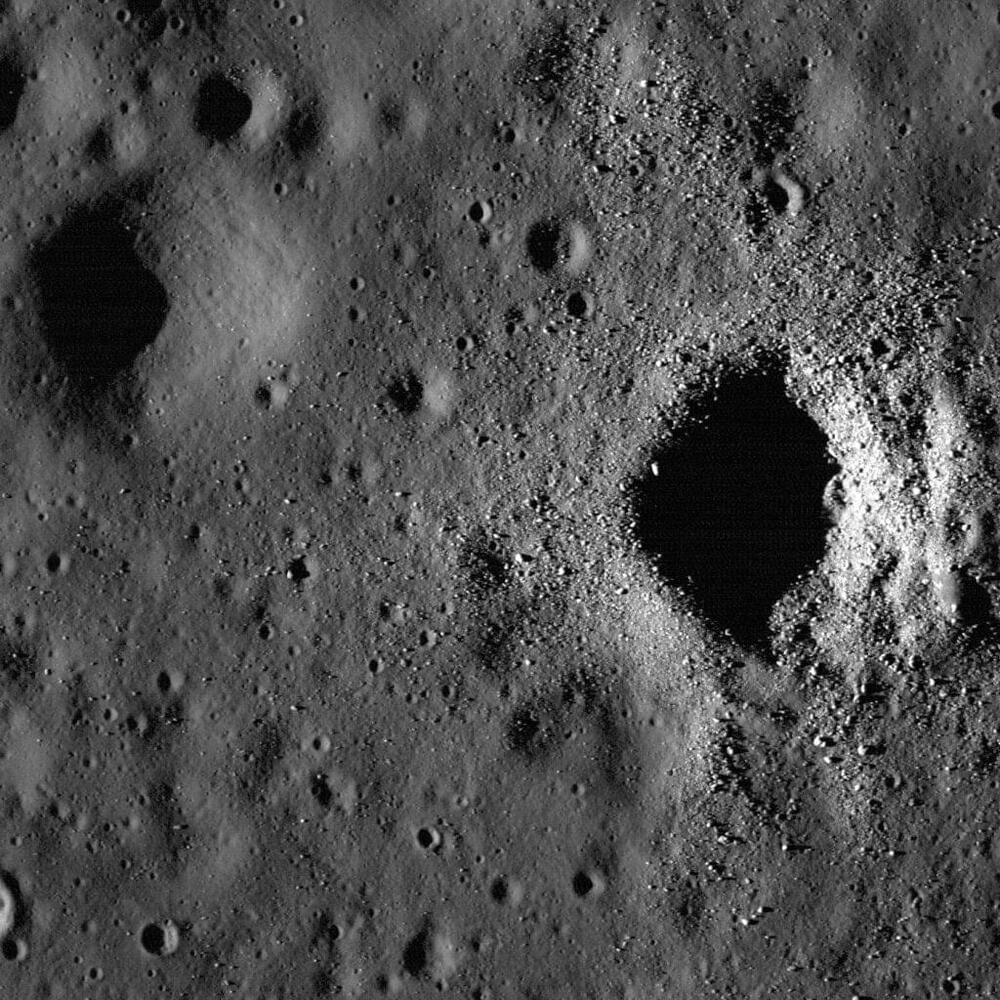
The lunar sample returned by China’s 2020 lunar mission contained minerals that provide clues to their origin. China’s Chang’e-5, the first lunar sample return mission since the Soviet Union’s Luna 24 in 1976, delivered 1.73 kilograms of regolith from the Oceanus Procellarum, a plane named for its vast size. The sample landed with CE-5 in late 2020 and included a new mineral, Changesite-(Y), as well as a perplexing combination of silica minerals. Researchers now compare CE-5’s material composition to other lunar and Martian regolith samples and examine potential causes and origins for the lunar sample’s unique makeup.
Earth’s moon achieved its Swiss cheese appearance from celestial objects crashing into its surface, forming impact craters. But craters weren’t all that was left behind; the intense pressure and temperature of such a collision also impacts the rocks and dust covering the lunar surface, known as regolith, altering its mineral composition and structure. Analyzing the resulting minerals provides modern researchers clues to the moon’s past.
China’s Chang’e-5, the first lunar sample return mission since the Soviet Union’s Luna 24 in 1976, delivered 1.73 kilograms of regolith from the Oceanus Procellarum, a plane named for its vast size.
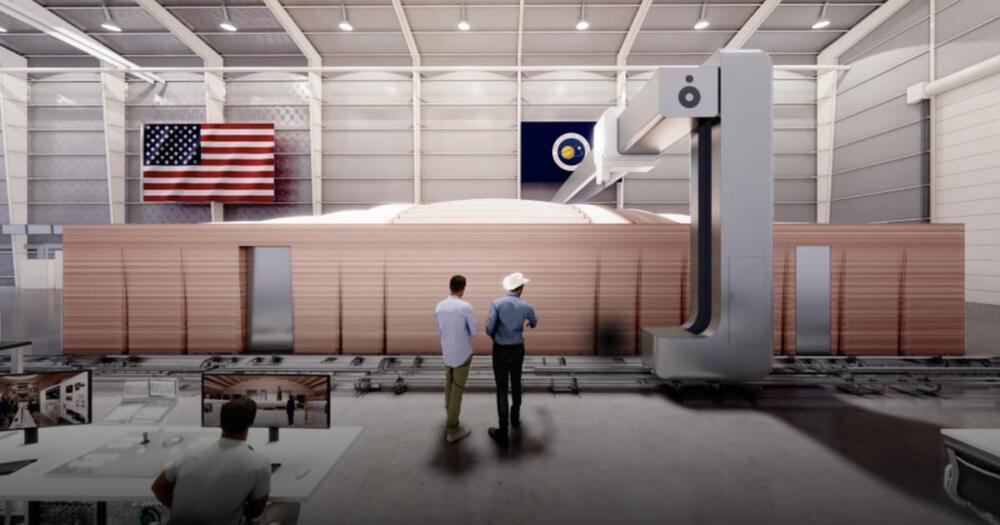
Ever wonder what it’s like to live on Mars? Now, you could try out life on the Red Planet – in a simulation run by NASA. The space agency is looking for participants to live on a fake Mars for a full year to help them prepare for human exploration of the planet.
This is the second of three missions, which will have four volunteers living in a 1,700-square-foot Mars simulation, NASA has announced. The missions, called CHAPEA, for Crew Health and Performance Exploration Analog, take place in a 3D-printed Mars habitat at NASA’s Johnson Space Center in Houston, Texas.
The simulation, called the Mars Dune Alpha, simulates a future Mars habitat with separate areas for living and working. It includes four living quarters for each volunteer, a workspace, a medical station, lounge areas and a galley and food growing stations.
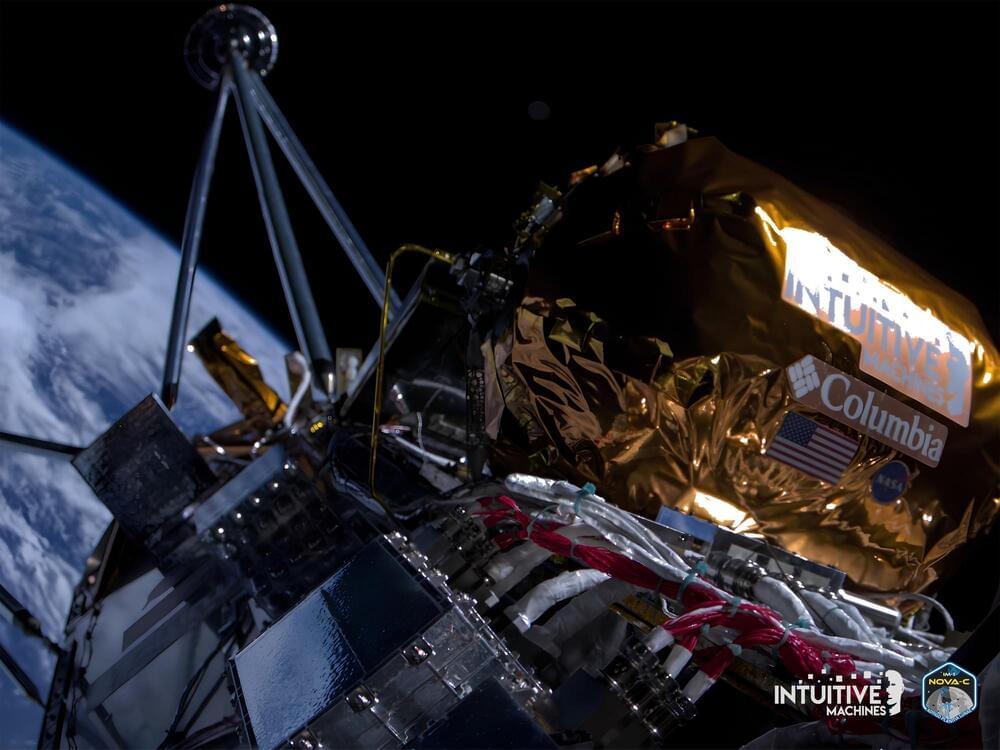
Completing the commissioning maneuver that demonstrated the performance of the main engine, which will be used to place the spacecraft into lunar orbit and, later, land on the moon, was a major milestone for the mission.
“Once we get through that and we know how the engine performs in space, I think our confidence actually goes up that we will have a successful landing on the moon,” Trent Martin, vice president of space systems at Intuitive Machines, said of that engine test in a Feb. 12 interview.
The IM-1 mission is carrying six NASA payloads as part of the agency’s Commercial Lunar Payload Services (CLPS) program under a $118 million task order. It is also carrying six payloads for other customers, ranging from Embry-Riddle Aeronautical University to the artist Jeff Koons.
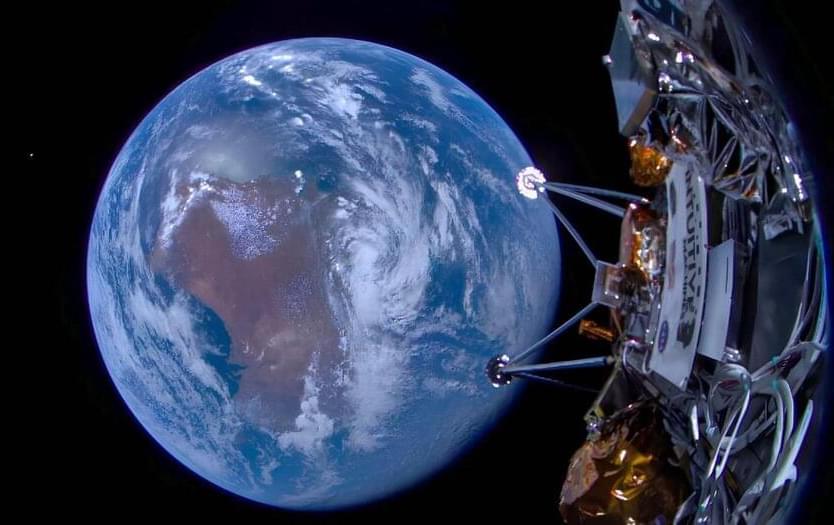
Intuitive Machines said its team programmed the lander’s wide and narrow field-of-view cameras “to take five quick images every five minutes for two hours, starting 100 seconds after separating from SpaceX’s second stage,” adding that “out of all the images collected, Intuitive Machines chose to show humanity’s place in the universe with four wonderful images we hope [will] inspire the next generation of risk-takers.”
In a mission update, Intuitive Machines said that Odysseus “continues to be in excellent health” as mission IM-1 makes its way toward the moon for a touchdown scheduled to take place on Thursday. “Flight controllers are preparing planned trajectory correction maneuvers to prepare the lander for lunar orbit insertion,” the company added in its message.
If Intuitive Machines manages to perform a successful soft landing with Odysseus, it will become the first private company to achieve the feat. It will also mark the first soft lunar landing by a U.S. spacecraft since the final Apollo mission in 1972.
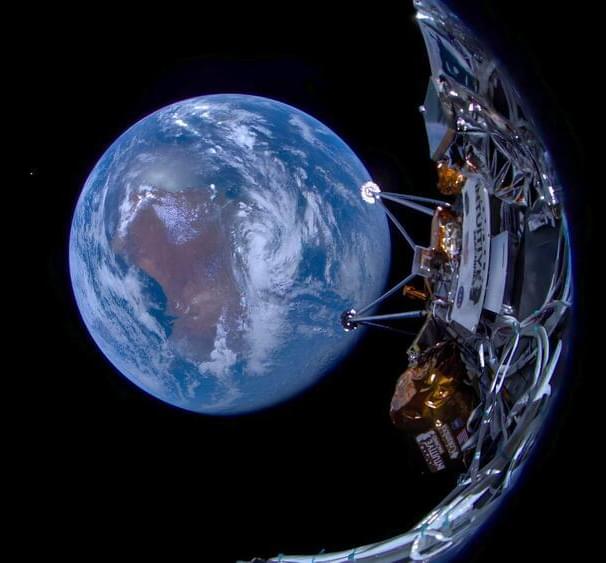
Odysseus is one of the first landers to participate in NASA’s Commercial Lunar Payload Services (CLPS) program, which aims to deliver science and technology payloads to the lunar surface using commercial partners. The CLPS program is a key component of NASA’s Artemis program, which plans to establish a sustainable human presence on the moon by the end of the 2020s.
Intuitive Machines successfully transmitted its first IM-1 mission images to Earth on February 16, 2024. The images were captured shortly after separation from @SpaceX’s second stage on Intuitive Machines’ first journey to the Moon under @NASA’s CLPS initiative. pic.twitter.com/9LccL6q5tF — Intuitive Machines (@Int_Machines) February 17, 2024
Odysseus is carrying six NASA experiments and technology demonstrations, along with six private payloads, on its current IM-1 mission. The lander is expected to touch the moon on February 22, near the lunar equator.